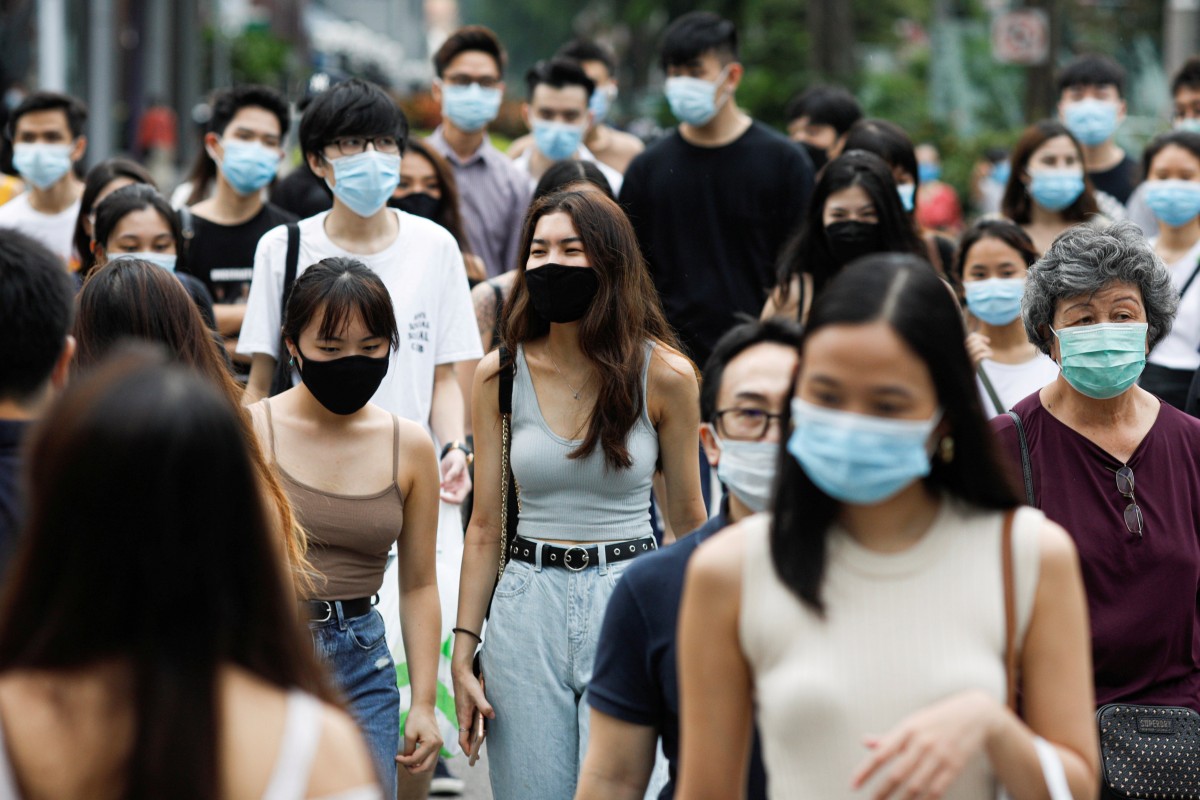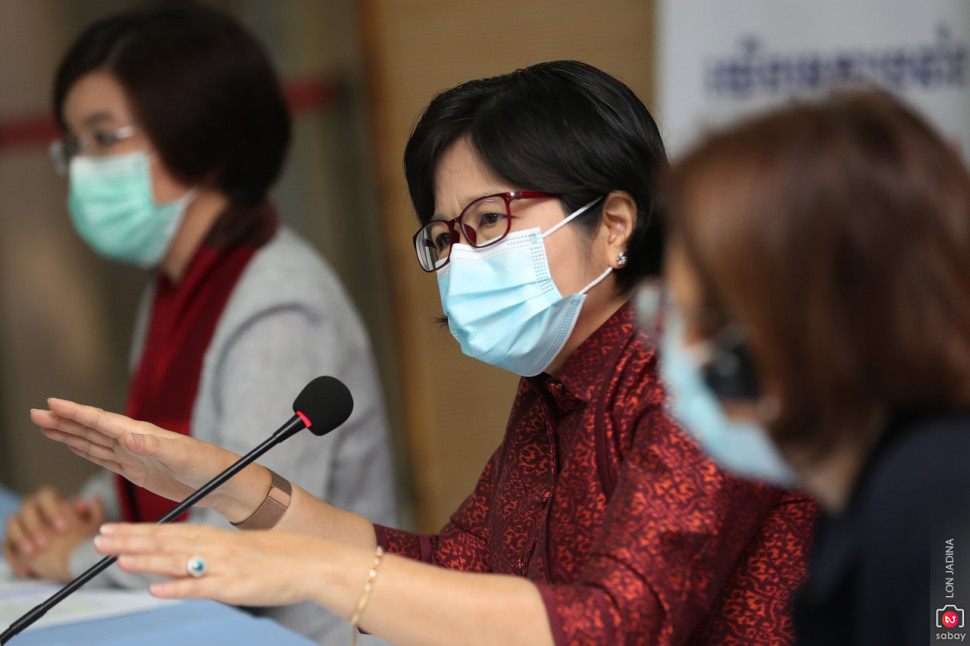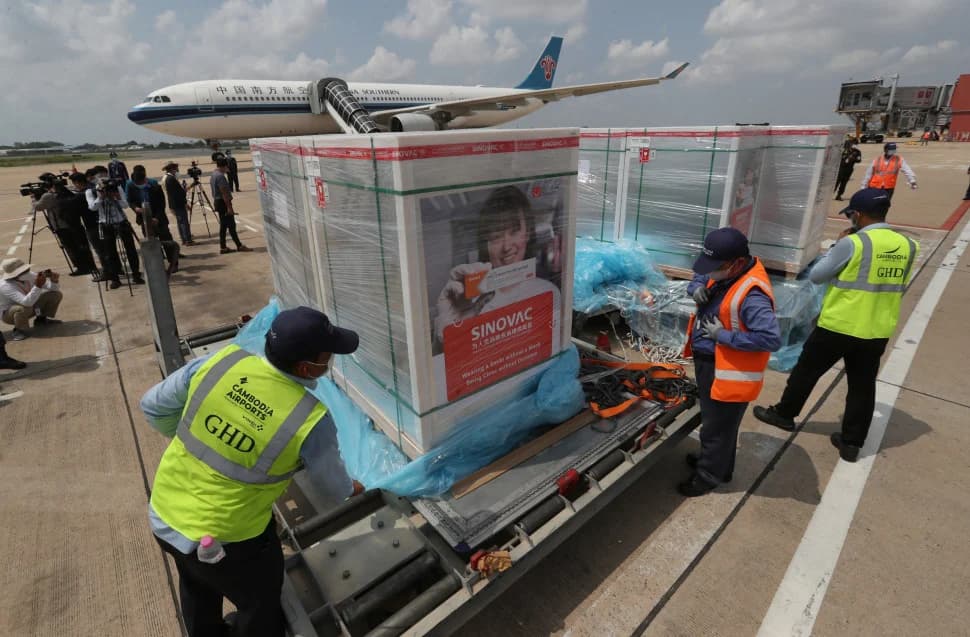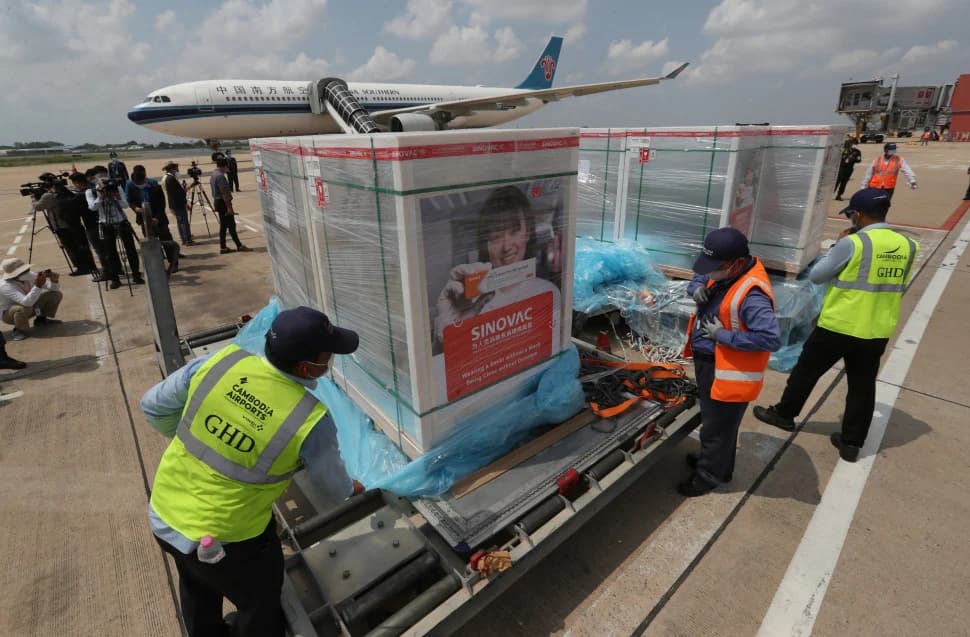

While most countries are still uncertain on when COVID-19 will let up, the Kingdom of Cambodia may have something to celebrate.
According to a report by the Mekong Strategic Partners, an investment and advisory firm based in Cambodia with operations across the Greater Mekong region, Cambodia is one of the most vaccinated countries in the world, and Phnom Penh, the most vaccinated capital in the world, at around 99% of adults fully vaccinated.
On par with advanced economies, surpassing ASEAN neighbours
Cambodia has surpassed most of its ASEAN counterparts in achieving herd immunity, only surpassed by Singapore. According to the Mekong Strategic Partners’ report, Cambodia is on track to hit 70% vaccination for its population (including children) by September 21, 2021, putting it well ahead of its more developed neighbours.
For comparison, the closest behind Cambodia to achieve this rate of its population vaccinated is the Philippines, projected by March 2022. Following behind are Indonesia and Thailand in July 2022. Neighbouring Vietnam is projected to achieve the same level of vaccination a year later, around September 2022.
The consistency of vaccine rollouts has put the Kingdom at the same rate as developed countries. Cambodia has vaccinated 66% of its adult population (as of August 2021), the same rate as the United States, France, Italy, Switzerland, and Sweden.
Cambodia ranked first globally in terms of vaccine doses per capita, having vaccinated 1.7% from Aug 4 to 11, according to Financial Times data.
Dissecting Cambodia’s response to COVID-19

“I think it’s fair to say that Cambodia has exceeded everyone’s expectations. The government has been criticised in part for what they’ve got wrong or what they’ve done wrong, but you really need to give them full marks for how they’ve managed the vaccine programme,” MSP Managing Director Stephen Higgins told Khmer Times in a report.
With the support of China and the Cambodian private sector, the government has kept a consistent flow of vaccines and distributed them through vaccination campaigns across the Kingdom. Additionally, the Cambodian public is observed to have low vaccine hesitancy, hastening the progress of vaccine campaigns nationwide.
The massive nationwide vaccination is accelerating to a point that the government has already pushed for booster shots to be distributed to both adults and children.
Prior to the vaccination rollouts, the Cambodian public has taken it upon themselves to observe basic quarantine measures such as wearing masks, maintaining social distancing, and limiting visits to public places. MSP’s report also highlights the strong contract tracing by health authorities early on, which undoubtedly mitigated what could have been a worst-case scenario for the Kingdom.
As a result of the early adoption of quarantine measures, continued vaccine supply, and vaccination efforts, Cambodia is on track to achieve more than 80% vaccination by the end of August 2021; 8 months ahead of initial projections and up to 12 months before neighbouring countries.
Timeline of vaccine arrival in Cambodia

The Cambodian government has been proactive in ordering, receiving, and distributing vaccines to its population. The Kingdom’s vaccine rollout began in February 2021 starting with medical and military personnel, followed by the wider public.
NOTE: The timeline below is meant to showcase the consistency of vaccines coming into Cambodia based on internally recorded arrivals. This is NOT an official account of vaccines that arrived in Cambodia.
On February 7, 600,000 doses of China National Medicines Vaccine (Sinopharm)
On March 2, 324,000 doses of the AstraZeneca vaccine
On March 26, 1.5 million doses of China Coxing Vaccine (Sinovac)
On March 31, 700,000 doses of China National Medicines vaccine (Sinopharm)
On April 17, 500,000 doses of China Kexing Vaccine (Sinovac)
On April 28, 400,000 doses of China National Medicines vaccine (Sinopharm)
On May 11, 500,000 doses of China Kexing vaccine (Sinovac)
On May 16, 500,000 doses of China Kexing vaccine (Sinovac)
On May 23, 1 million doses of China Coxing Vaccine (Sinovac)
On June 8, 1 million doses (500,000 doses of Sinopharm, 500,000 doses of Sinovac)
On June 12, 1 million doses of China National Medicines Vaccine (Sinopharm)
On June 19, 1 million doses of China Coxing Vaccine (Sinovac)
On June 26, 1 million doses of China Kexing vaccine (Sinovac)
On June 28, 1 million doses of China Kexing vaccine (Sinovac)
On July 6, 1 million doses of China National Medicines vaccine (Sinopharm)
July 10, 4 million doses (3 million doses of Sinovac and 1 million doses of Sinopharm)
On July 22, 1 million doses of China National Medicines vaccine (Sinopharm)
On July 23, 1 million doses of AstraZeneca through COVAX
On July 30, 450,500 doses of Johnson & Johnson
On July 31, 1 million doses of China Kexing vaccine (Sinovac)
On August 1, 1 million doses of China National Medicines Vaccine (Sinopharm)
On August 2, 609,600 doses of the Johnson & Johnson vaccine
On August 12, 3 million doses of China Kexing vaccine (Sinovac)
On August 23, 500,000 doses of China National Medicines Vaccine (Sinopharm)
On August 23, 100,000 doses of China National Medicines Vaccine (Sinopharm)
A booster shot for the economy
.jpg)
Economies with a largely vaccinated population show better economic prospects in the short term (1 to 2 years) than those with low vaccination rates. The MSP’s report additionally cites the IMF’s World Economic Report:
“Vaccine access has emerged as the principal fault line along which the global recovery splits into two blocs: those that can look forward to further normalization of activity later this year (almost all advanced economies) and those that will still face resurgent infections and rising COVID death tolls.”
When the economic hardship wrought by COVID-19 became apparent in late 2020, many observers resolved that economic recovery can only begin with an effective vaccination rollout. Just over a year later, Cambodia is now leading its regional neighbours and stands alongside highly-industrialized countries in the percentage of its population inoculated.
Cambodia’s effective distribution of vaccines will have a direct effect in lowering future cases and relieving a limited Cambodian healthcare system. Fewer lockdowns will be required and the quality of life for Cambodians will improve in multiple facets.
The tourism and manufacturing sectors, which employ more than a million people combined, have been hard hit by COVID-19. According to MSP’s assessment, higher vaccination rates may result in less interruptions on operations and a turnaround for domestic demand particularly for services - a recovery that will support economic growth and encourage Foreign Direct Investment (FDI).
The next 2 years are projected to be much better years for Cambodia. According to mid-year assessments by the Asia Development Bank and WorldBank, the Kingdom’s economy will bounce back with 4% growth this 2021, followed by a projected 5% growth in 2022. This is on the back of continued vaccination campaigns by the government and continued support for both local and international investments.
Article by:





Comments